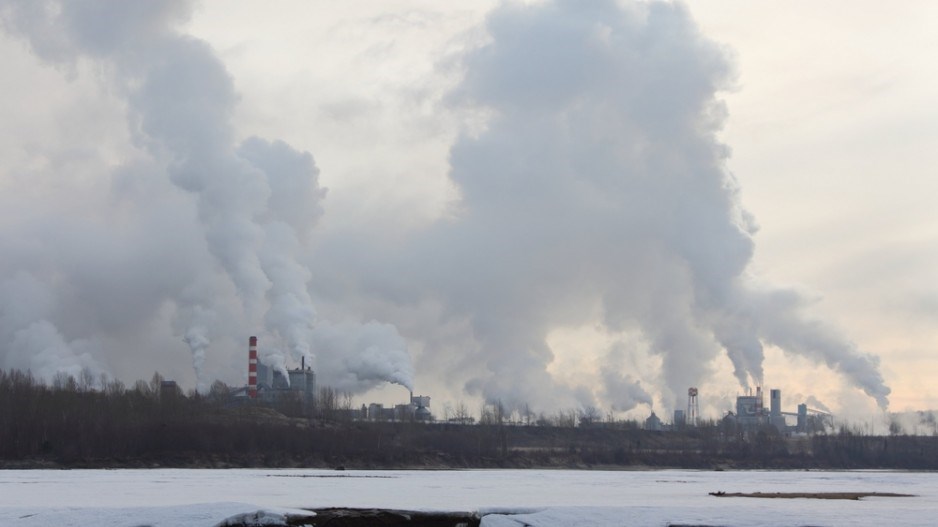While most Vancouverites will barely notice the current global market slump, the northern half of the province is facing headwinds apparent in nearly every community.
Northern B.C.’s continued reliance on export-driven industries means it’s feeling the ramifications of global market volatility more so than diverse centres such as Metro Vancouver, Greater Victoria and the Central Okanagan.
Three years ago we were booming – mines, mills, energy, natural gas, rail and transportation projects.
Today, the story is different.
Our coal mines are closed.
The Endako molybdenum mine, which has operated since 1965, is shut with no plans to reopen any time soon.
Natural gas activity in the Peace country – the fuel to support a nascent liquefied natural gas (LNG) industry – has been curtailed significantly, with first-quarter water withdrawals to support fracturing activity at their lowest levels in five years.
The TSX Venture Exchange has lost nearly half its value in the last year, signalling a lack of investor interest in the junior exploration sector, which will hurt small companies trying to advance mining and mineral projects in the north.
The downturn in China’s housing industry has hit lumber exports.
Forestry is still dealing with the ramifications of the mountain pine beetle infestation, and just when a stronger U.S. dollar was primed to generate some exchange-rate benefits for our foresters, lumber prices dropped and an export tariff to the U.S. kicked in and affected second-quarter results for our mills.
There are bright spots, however.
Tourism was strong this past summer, with exchange rates encouraging Americans to visit the north and forcing Canadians to take staycations.
Improved beef and hay prices benefited the north’s agriculture sector.
And major projects are still happening: the Red Chris copper mine near Iskut is working toward full production, Mount Milligan is near full production as well, Mount Polley is back up and running, construction has started on Site C, AltaGas is busy building a $250 million LNG plant near Dawson Creek, Canfor is building two new pellet mills in Chetwynd and Fort St. John and Norbord recently finished its acquisition of Ainsworth Lumber, positively affecting a mill in 100 Mile House.
Hotels are being built in Terrace and Kitimat, and housing remains strong in the north coast and Peace regions.
But the super-cycle forecast three years ago hasn’t happened, and the slowdown in Asian and emerging markets has created a mediocre outlook for the north.
Market volatility is the new norm.
Commodity cycles are shorter now than they once were.
Our population is aging.
Our families have fewer children, forcing school closures and creating enrolment challenges for our post-secondary institutions.
Youth want to stay, but, frankly, it’s so easy for millennials to find or create jobs for themselves these days that the professional opportunities in Canada’s metro regions are often more attractive than they are in small centres or rural areas.
And then there’s household debt.
At a time when money is cheap, Canadian families are saddled with debt.
More than one-third of families had a debt-to-income ratio above 2 in 2012, which means their overall debt level was at least 200% the level of their after-tax income, according to recent Statistics Canada data.
Our region is used to major projects as a source of economic growth and prosperity; without them we must focus on business retention, expansion and diversification.
But that’s difficult when many of our small and medium-sized enterprises are: (a) structured for doing business with industry and major projects; and (b) saddled with demographic and debt challenges that make it difficult for them to invest in themselves, grow and diversify.
Northern B.C. has a wealth of natural resources and investment opportunities, but its vulnerability to global market forces, coupled with regional demographic challenges and national household debt problems, has conspired to limit our prospects.
Like I said, headwinds abound. •
Joel McKay ([email protected]) is director, communications, at Northern Development Initiative Trust, a non-profit organization that stimulates economic growth throughout northern B.C. The Jack Webster Award-winning journalist is also a former Business in Vancouver editor.




